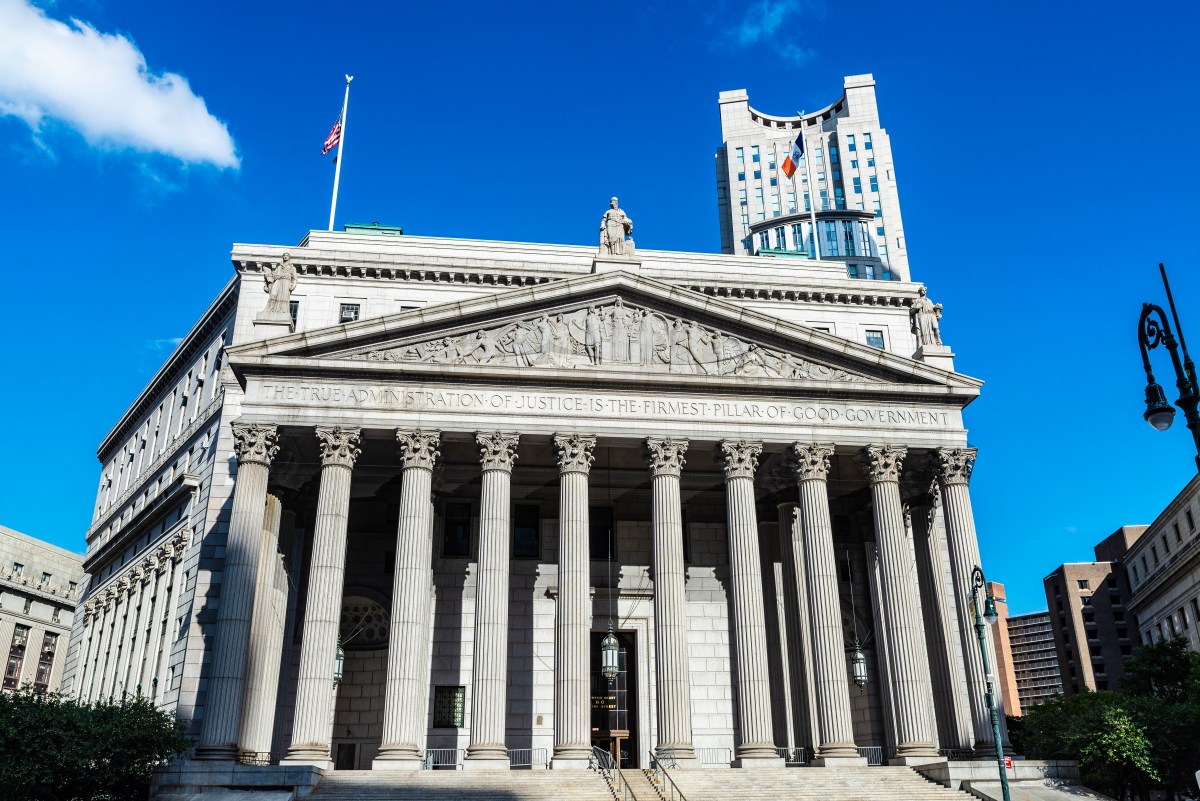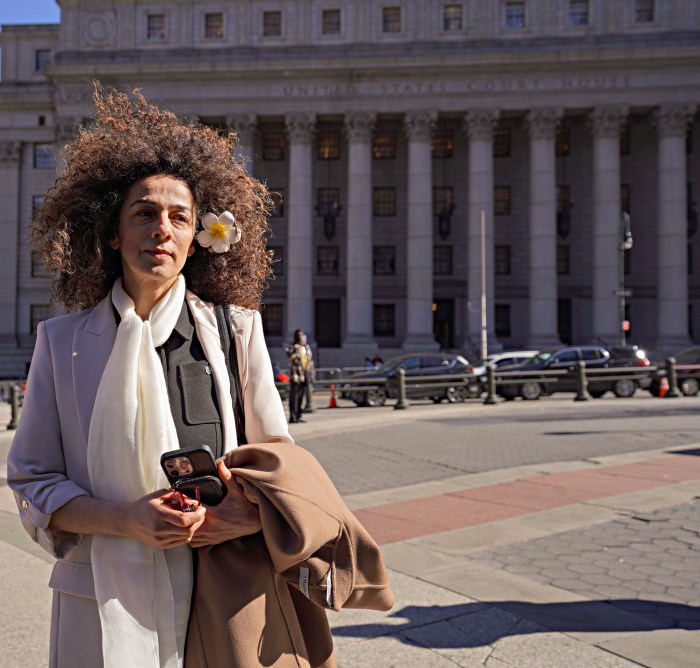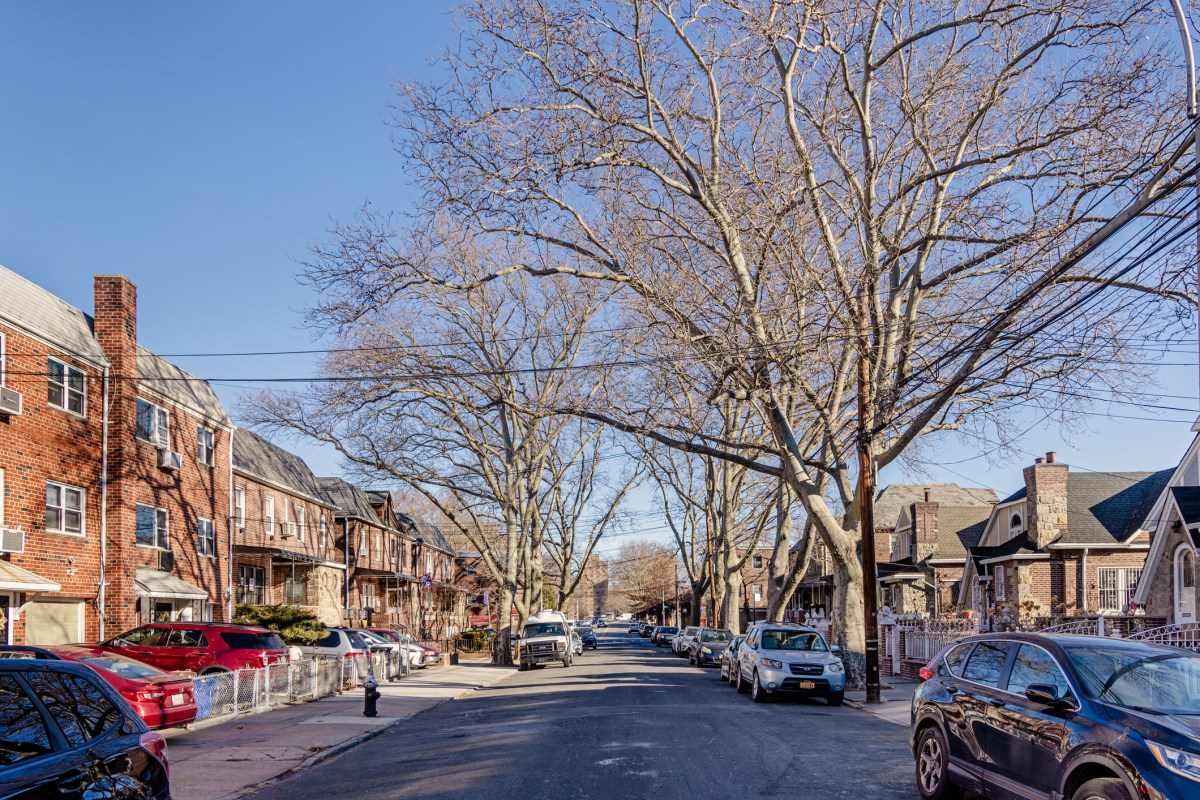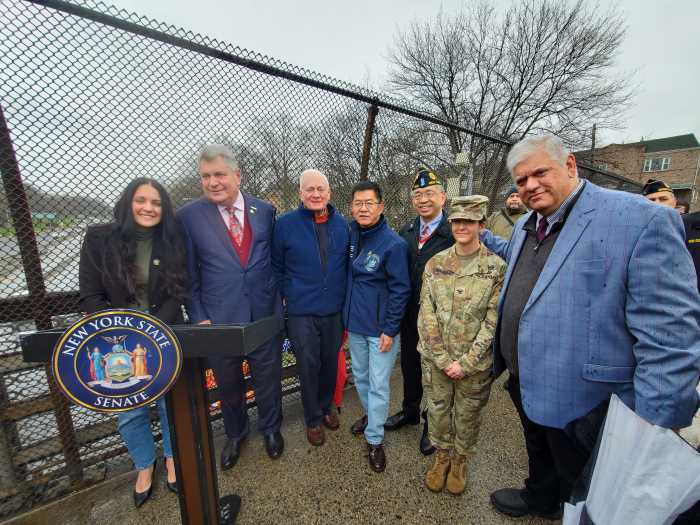Growing up in the Bronx, many of my friends and relatives took civil service exams because growing up in households where becoming a public employee meant having a respectable career with good pay, great health insurance, and serving your community while also having a pathway to the middle class and a secure retirement.
As a State Supreme Court Officer for over twenty-five years, now serving in the rank of Sergeant, and as the President of the NYS Supreme Court Officers Association, I’ve witnessed many changes, both good and bad, that have made a significant impact on our workforce.
The core mission of our workforce, as State Supreme Court Officers, is to ensure the safety and security of our courts. That includes protecting judges, prosecutors, attorneys, jurors, and thousands of New Yorkers who come in and out of courts every day. Justice can’t be served without a fully operational court system, and New York’s court system can’t run efficiently without having Court Officers to keep everyone safe and secure. In fact, parts of our courthouses can’t open, and trials can’t be held without a team of dedicated court officers keeping the courtroom secure.
Our courts cannot be properly protected without maintaining safe staffing levels. To achieve safe staffing levels, we need interested and qualified applicants to apply for this job and we need our veteran officers to stay in this job. Recruitment and retention must be the primary focus of the Unified Court System. However, due to drastic changes to our pension system, commonly known as Tier 6 Reform, the Unified Court System is reeling from a significant decline in potential recruits. That decline can be primarily attributed to diminished benefits resulting from the creation of Tier 6.
One of the greatest benefits of being a State Supreme Court Officer is having a guaranteed pension when you retire. But for nearly 60% of our members, as well as thousands of other public employees, who joined the retirement system after April 1, 2012, their defined-benefit pension is not equivalent to what more veteran members enjoy.
So how did we get here? In April 2012, in a full assault on labor unions and public sector workers, then Governor Cuomo indignantly forced through pension legislation, which created a new tier that reduced pension benefits for state and city employees hired after that date, while requiring higher contributions from those same employees. Tier 6 was born from the failed Cuomo regime. New York State agencies and their employees have suffered ever since.
Since then, those diminished benefits have essentially created an inequitable pension system that has had far-reaching consequences. Specifically, Tier 6 retirement changes have led to a 72% reduction in potential recruits for our workforce. We are losing 150 State Supreme Court Officers a year due to retirements, promotions to civilian titles and other public employment opportunities.
Some of our commands operate at 35% below acceptable levels and new officers come in only two times a year, which leaves our courthouses and the public completely unsafe.
Every day throughout the five Boroughs and the 9th Judicial District, our members serve on the frontlines of courthouse security, confiscating dangerous weapons including machetes, switchblades, guns, shanks, and yes, even a hand grenade in one incident.
In addition, our members are responsible for bringing violent criminals in and out of their holding cells into the courtrooms and protecting everyone in that courtroom as the trial proceeds.
Insufficient staffing levels not only prevent us from keeping our courthouses safe and secure, they also prevent cases from being adjudicated in a timely fashion, which has a significant impact on our entire criminal justice system.
Many things about Tier 6 need to be improved to make it comparable to Tier 4 (very few employees are in Tier 5).
Since public sector unions are not allowed to negotiate pensions, the public must join us to convince state lawmakers in Albany to fix Tier 6. This won’t be accomplished in a single legislative session. It will take many legislative sessions to make all the necessary improvements, but the fight must be reborn and enhanced. Our lawmakers must be held accountable by their constituents.
Some progress has been made, but not nearly enough. All Tier 6 members are now considered vested in the pension system after they have completed five years of service, down from the previous 10 and our final average salary is calculated on an employee’s final three years of service instead of five years and there is now a temporary exclusion of overtime pay from contribution rate calculations.
But there’s much more work ahead — from significant changes, such as lowering the retirement age to 55, to smaller yet meaningful changes, such as eliminating the progressive employee contribution schedule and returning to a flat contribution of 3% of salary for all employees and reducing length of service requirements.
It’s time for both the public and our brothers and sisters, who comprise the public employee workforce, to band together once again and finish our collective mission to fix Tier 6 for good and create a more equitable pension system so the next generation of New Yorkers is once again drawn to a career in civil service because of the appeal that good wages and secure retirement benefits provide for all public sector workers.
Patrick Cullen is the president of the State Supreme Court Officers Association and a State Supreme Court Sergeant.



































